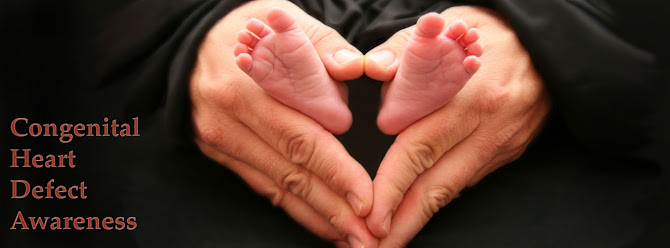Tuesday, April 28, 2009
Charities Recognized for CHD Efforts
As the Congenital Heart Futures Act is being introduced to both houses of the United States Congress this spring, IntelliClear recognizes this year the outstanding efforts of It's My Heart and HeartGift as leading the charge on children's CHD.
"According to the American Association of Thoracic Surgery, an astonishing 93% of the world's population has no access to cardiac surgery. With the assistance of generous corporate citizens like IntelliClear -- by combining our resources, our skills and our compassion -- HeartGift's all volunteer team of pediatric physicians will continue to save the lives of children born with CHD," says Lisa Rodman, Executive Director of The
HeartGift Foundation.
"Since CHD is America's #1 birth defect, it is vital that we bring awareness to the nation via community outreach, hospital programs and other support services that bring families and resources together. It's My Heart, Inc. relies heavily on the compassion of corporations like IntelliClear Inc., allowing us to further our advocacy and awareness programs for those affected by CHD," says Corrie Stassen, Executive Director of It's My Heart, Inc.
If you haven't taken a chance to check out these two fantastic charities, take a look today!
Friday, April 10, 2009
Mapping the Heart: Cross-functional Research Leads to Breakthrough
Source: http://www.bjhcim.co.uk/news/2009/n904026.htm
Imagine if imaging of the earth's inner core could lead through to a breakthrough in cardiology... and you will get an idea of what is happening at Bournemouth University.
A computer modeling program was created by Professor Nick Petford to study how liquid metal flows through cracks during planet formation. “For a long time people thought the flow of liquid iron along the edge of grains and through narrow channels and cracks was not possible. NERC funding allowed me to develop a technique for importing object images of rock slices into a software package and then run a fluid-flow computer simulation to look at how liquid metal inside a meteorite moves around under pressure.” Then he realized that the software could be used to do so much more...
Working with a heart radiographer at the Royal Bournemouth Hospital, he used the same simulation technology to look at the blood flow in a diseased human heart. They used data from an actual MRI scan, adjusted the viscosity and density of the fluid to reflect that of human blood, then solved the equations to discover where a blockage existed.
The MRI had not shown an obvious blockage, but utilizing the software, they predicted, exactly, where a clot was located. Just imagine the implications for future studies in this area and earlier diagnoses for patients!
A detailed article regarding this research can be found at: www.nerc.ac.uk/planetearth.

